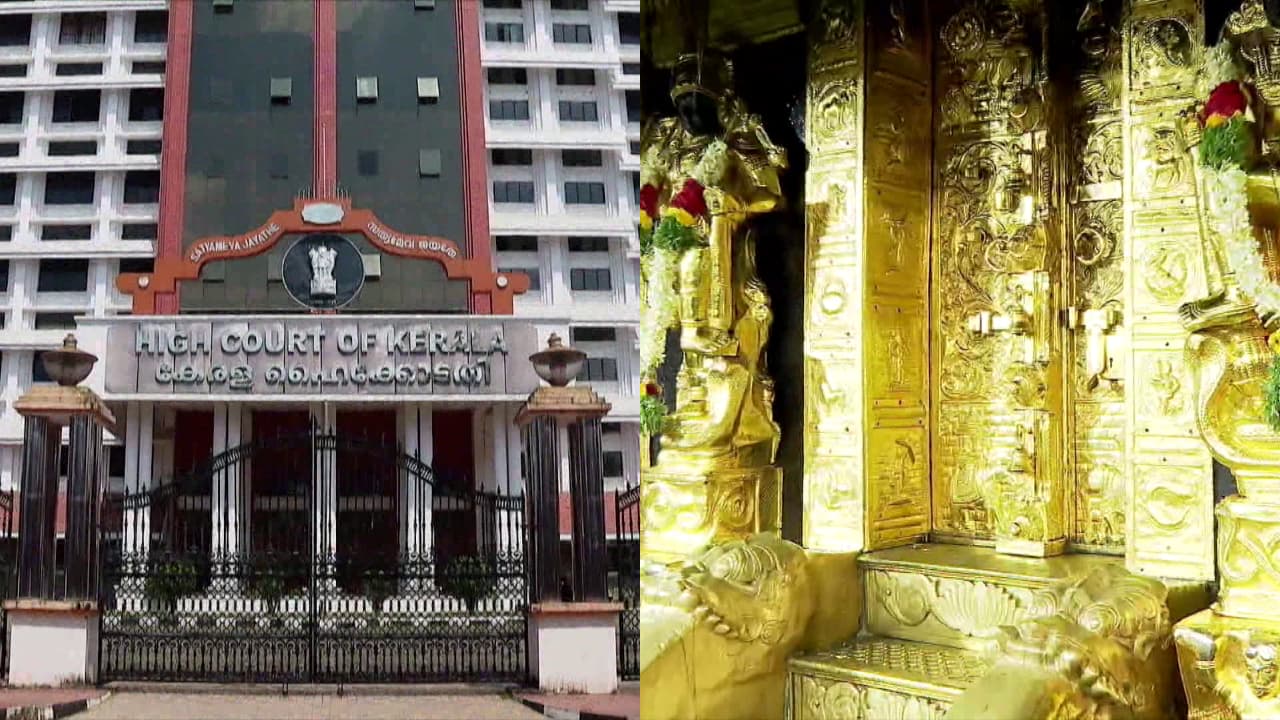Gold samples can be collected from various places for this purpose. It is necessary to accurately determine how much gold has been lost. The court has directed the SIT to also investigate the installation of a new door in the sanctum sanctorum.
Kochi: The Kerala High Court has sharply criticized the Travancore Devaswom Board amid ongoing investigations into the Sabarimala gold theft, directing a comprehensive probe covering actions from 2018 through 2025. The Court’s Devaswom Bench expressed serious concerns over suspicious activities linked to the Board, including irregularities in official records and unexplained handovers of precious items.
Although the gold theft reportedly began in 2019, the court insisted the inquiry encompass earlier periods due to indications of broader wrongdoing. The theft was reportedly executed by creating duplicate gold items, notably including gold donated by Vijay Mallya in 2009, which was originally plated on copper sheets but was later melted down and replated to deceive devotees. The court highlighted that the stolen gold belonged to the deity, underscoring the severity of the crime.
Investigations unearthed troubling questions about how Unnikrishnan Potty, alleged to be involved in the theft, gained undue influence and access at Sannidhanam, including the controversial handover of gold-plated Dwarapalaka sculptures without proper records in the Board’s minutes. The Court criticized the Board’s apparent haste in returning these sacred items to Potty in 2025.
The High Court also raised alarms about the removal and duplication of the sanctum sanctorum’s door panel in 2019, which was reportedly open during the process, enabling Potty’s team to take measurements. Authorities were authorized to conduct scientific testing of gold samples collected from Sannidhanam and other locations, including Chennai, to precisely quantify the stolen amount.
Further scrutiny was demanded regarding potential corruption, questioning whether Devaswom officials accepted hospitality from Potty and whether they facilitated unauthorized acts, possibly warranting prosecution under the Prevention of Corruption Act. The Court indicated that the gold theft might be part of a larger pattern of malfeasance involving precious materials improperly handed over in violation of regulations.
